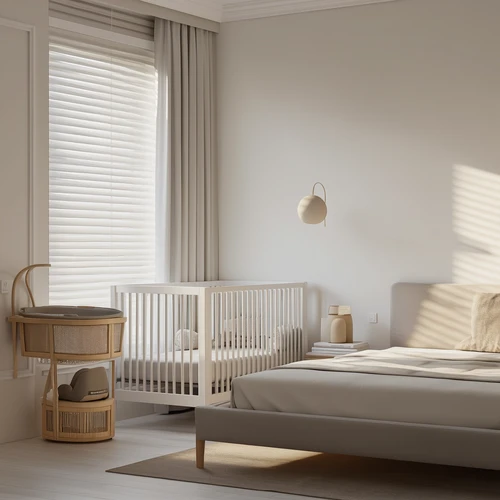Minimalist Baby Gear isn’t just a trend—it’s a lifestyle that respects both your baby’s needs and your living space. By stripping away unnecessary items, you create a calmer, more intentional environment for both parent and child. Below we explore the philosophy, key items, and tips to build a lean but functional baby kit.
Why Cut the Clutter? A minimalist approach reduces the number of packages you open, the money you spend, and the environmental footprint of your newborn. Fewer toys and gadgets mean fewer distractions for the baby, encouraging sensory development. It also frees up rooms that can double as play areas, nap zones, or quiet retreats. Parents often find that a lean setup leads to more routine consistency and faster sleep transitions.
The Core Essentials Here’s a pragmatic list of must‑haves that can survive months, sometimes years, of use:
- Convertible Car Seat – One that grows from infant to toddler saves two separate seats.
- Lightweight Diaper Backpack – Comfortable, organized, and reusable, it eliminates the need for multiple storage bags.
- Multi‑Functional Nursing Pillow – Works as a feeding prop, baby support, and even a travel pillow.
- Fold‑Away Baby Chair – A seat that collapses into a stroller, offering seating for both baby and parent.
- Modular Storage Unit – Shelves or bins that can turn into a crib side or storage closet, keeping toys and clothes out of sight.
Material Matters Opt for natural fabrics like organic cotton, bamboo, and muslin. Not only are they breathable and hypoallergenic, but they also require less processing than synthetic alternatives. Look for certifications such as GOTS, OEKO‑Tex, or Cradle to Cradle to ensure that the manufacturing process upholds ethical and environmental standards.
Designing with Space in Mind Minimalism thrives on thoughtful layout. Position the crib near a calm window, keep the play area free of clutter, and use vertical storage wherever possible. A clear visual field helps babies focus on their surroundings and reduces overstimulation. When choosing a stroller, select a lightweight model with a deep, soft seat—this eliminates the need for an extra carrier or buggy for short trips.
Maintenance is Key A minimalist kit stays manageable by cleaning items regularly and inspecting wear and tear. Swap out a worn-out pacifier or a frayed sleeve to keep everything safe and functional. Keep a small “repair kit” for quick fixes—knitting needles for a loose strap, a sewing kit for a broken tag, and a silicone patch for minor leaks. With proper care, your essentials can last well beyond the first year.
Financing the Dream Cutting back on gear doesn’t mean cutting costs. In fact, you can save a significant amount. Instead of buying multiple infant‑to‑toddler transitions, invest in durable pieces. Consider secondhand or swap options for high‑price items, and shop during sales or use discount coupons. Many brands offer trade‑in programs where you receive credit for gently used gear that goes back into the resale cycle.
In sum, minimalist baby gear is about intentional choice, sustainability, and creating a nurturing environment that supports both child development and parental peace of mind.


